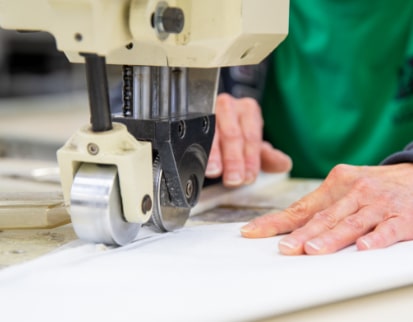In the intricate realm of textile manufacturing, welding emerges as a silent hero, holding fabrics and materials together with steadfast strength. Welding, a process involving heat, pressure, or chemicals, creates durable bonds critical for textile components. This article delves deep into the world of textile welding, its historical significance, various types, best practices, and the notable role played by industry.
A Stitch in Time: The Historical Roots: Welding techniques have a rich history in textile manufacturing, evolving alongside technological progress. From ancient civilizations that employed sewing, stitching, and heat-based bonding, to modern innovations, welding methods have revolutionized textile bonding.
Types of Textile Welding:
- Heat Welding: This method employs heat to melt and fuse fabric surfaces, ensuring a robust bond.
- Ultrasonic Welding: High-frequency vibrations create friction and heat, uniting thermoplastic materials seamlessly.
- Laser Welding: Laser energy is harnessed for precise melting and joining of textile components.
- Radio Frequency (RF) Welding: Electromagnetic energy generates heat, welding thermoplastics efficiently.
- Hot Air Welding: Hot air or gas is used to soften and fuse thermoplastic textiles.
Pro Tips for Welding in Textiles:
- Prioritize proper ventilation and personal protective equipment (PPE) to safeguard against fumes and heat exposure.
- Adhere to manufacturer guidelines and recommended settings, ensuring optimal welding outcomes.
- Prepare textile surfaces meticulously, removing contaminants that may hinder the welding process.
- Practice on sample fabrics to fine-tune welding parameters before full-scale production.
- Monitor the welding process closely to prevent overheating or damage to textile materials.
Click here to learn more about Acme Mills products and services.
Photo and article with all rights reserved, courtesy of textileglossary.com










